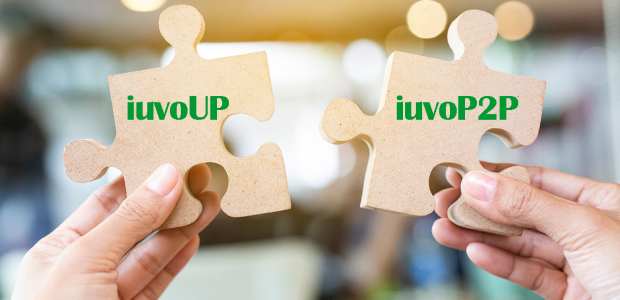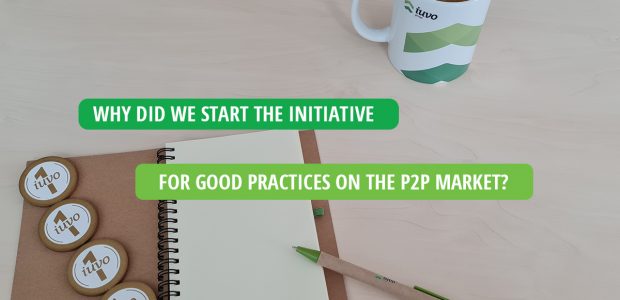Nowadays more and more people are exploring investment opportunities for their free funds. There are so many options that it all gets too overwhelming and beginners don’t know how and where to start. If you’re considering investing in P2P lending and are wondering how to do it – here is a brief step-by-step guide for you!
Choose a P2P lending platform
Before choosing your P2P lending platform, there are some key factors you should consider. In short, you should look for high returns, liquidity, and a buy-back guarantee. Probably sounds easy but you might be wondering what those things actually mean.
If a platform has a high return rate, that means you can earn a substantial profit – provided you develop a good strategy and are consistent and smart with your moves. Liquidity means that you will be able to invest your funds straight away, without worrying about frequently changing asset prices and possible financial losses. And finally, the buy-back guarantee assures you that the loan originator will repay the invested principal, in the event of loan default.
Iuvo proudly covers all three of these essential factors. The most impressive part is undoubtedly our returns rate, which can get as high as 15,22%! Our loan portfolio is more than €30M up to date, with more than 16 000 loans available for investment.
Open an account and pass due diligence
Opening an account with Iuvo is easy as 1,2,3. Just register and verify your e-mail – your account is created!
If you are an individual, you can start investing straight away. You could pass due diligence at this point if you prefer to. However, it’s not mandatory until you decide to withdraw funds. We’ll address this in Vol. 2 of this guide, so stay tuned!
If you’re a legal entity, however, you’ll need to get verified before you can invest with Iuvo. The required documents are: scanned copy of your passport or both sides of your ID card; certificate of current legal status – translated in English; information for UBO / actual owners– translated in English; and company’s articles of association– translated in English.
You might be wondering – why do I need to pass this step? Since this is an investment platform and we operate with real loans and real money, we need to follow specific verification practices, called KYC and AML. KYC stands for “Know Your Customer,” and AML stands for “Anti-Money Laundering.” These practices help us prevent malicious actions from being done through our platform, such as: identity fraud, credit card details theft, and money laundering.
Deposit your funds
You can deposit in EUR, BGN, and RON. Make sure to do your research and make a final decision, because you can’t change your currency setting later on. Once you have chosen your preferred currency, go to your Dashboard, and click on “Add Funds.” You will see a detailed explanation of every step onward. Note that the general deposit method at Iuvo is via bank transfer – we have accounts in Allianz and Swedbank. Of course, there’s an option for intra-bank transfer, so you don’t need to have an account in either of those banks. For further information on deposits, check our article, called Depositing And Withdrawing Funds.
How do I start investing?
Iuvo has two main investment channels – the Primary market, and the Secondary market. The Primary market is a list of all loans coming from our originators. Before you invest, it’s a good idea to get acquainted with the Primary market specifics and browse through a couple of published loans. This will give you a good idea of what to take into consideration when investing.
First of all, loans have specific attributes that help you decide whether you want to invest in them. These attributes include loan class, borrower demographics, return rate, currency, and of course – repayment plan (how many installments have already been paid, and how many are due).
The loan class is marked with letters (A-E, HR) and shows the level of risk for each particular loan – how likely is the borrower to delay it, or not pay it all. The lowest risk rate is in A class loans. To further try and estimate the risk yourself, you can also check the demographics of each borrower such as age, education, income, etc.
If you want to see only certain kinds of loans, use the provided filters. You can filter by status, for example, and see only current or delayed loans. Another preferred filter is by expected return.
Now that you’re familiar with the Primary market, it’s time to create you auto-investment portfolio. To learn more about the auto-investment feature, how to set it up, get returns and withdraw your funds, stay tuned for the next article!
 en
en 







